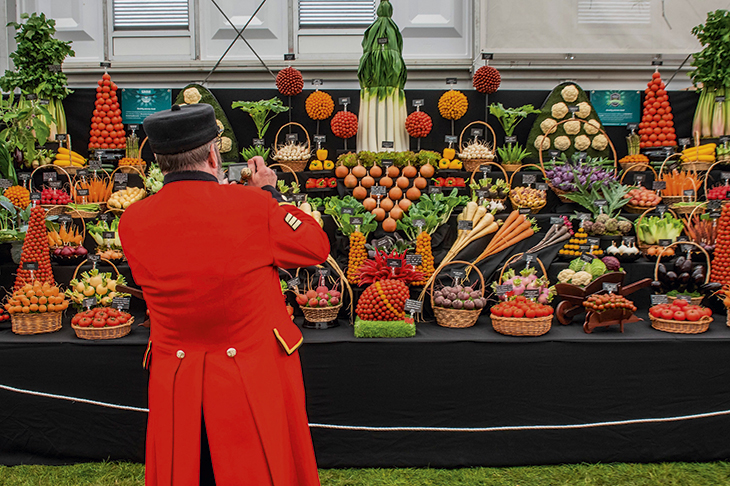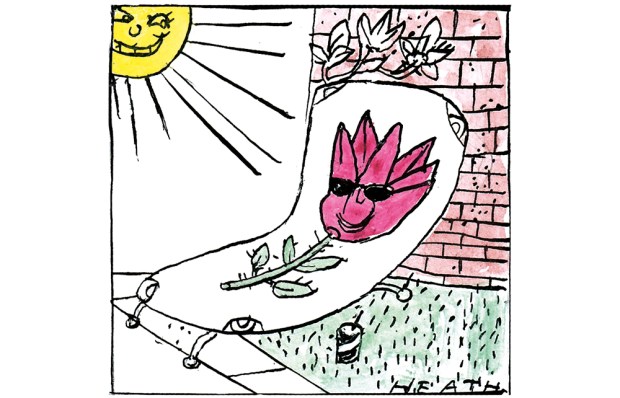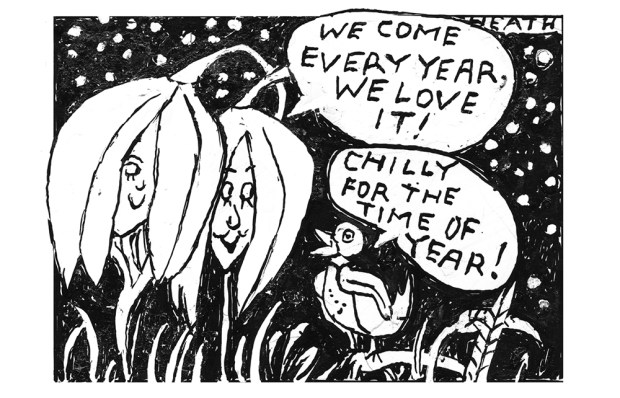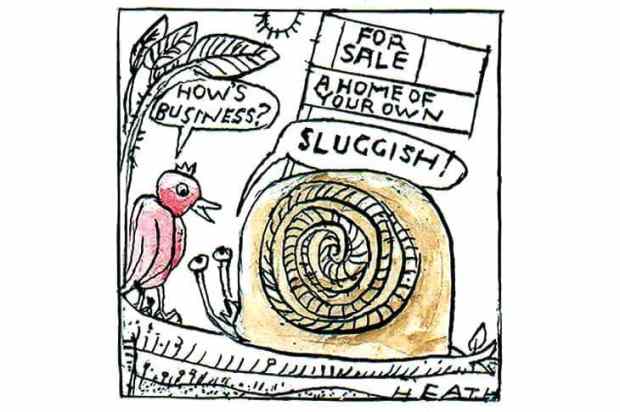Chelsea, the most famous flower show in the world, pulled in its devotees once more this week, with its accustomed mixture of colour, scent and glamour. The continuing success of the Royal Horticultural Society’s ‘flagship’ show has much to do with the BBC’s need to fill schedules, the foreign media’s enduring fascination with ‘Englishness’ and royalty, and the desire of committed gardeners to worship in the company of their co-religionists.
Already a subscriber? Log in
Subscribe for just $2 a week
Try a month of The Spectator Australia absolutely free and without commitment. Not only that but – if you choose to continue – you’ll pay just $2 a week for your first year.
- Unlimited access to spectator.com.au and app
- The weekly edition on the Spectator Australia app
- Spectator podcasts and newsletters
- Full access to spectator.co.uk
Or
Unlock this article
You might disagree with half of it, but you’ll enjoy reading all of it. Try your first month for free, then just $2 a week for the remainder of your first year.














Comments
Don't miss out
Join the conversation with other Spectator Australia readers. Subscribe to leave a comment.
SUBSCRIBEAlready a subscriber? Log in